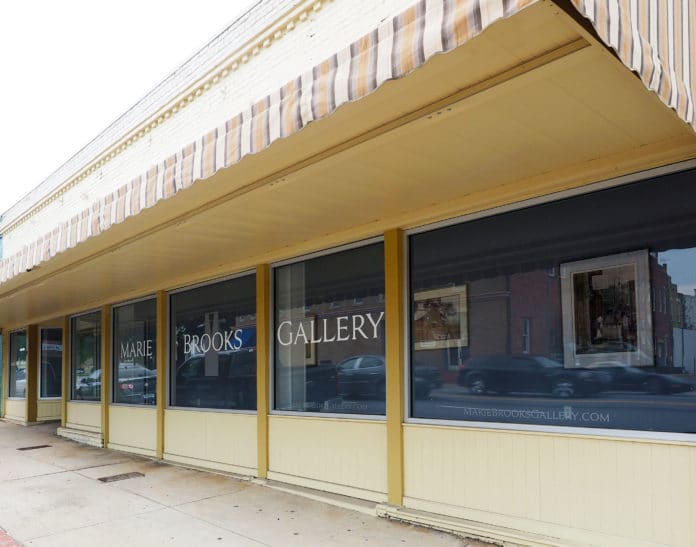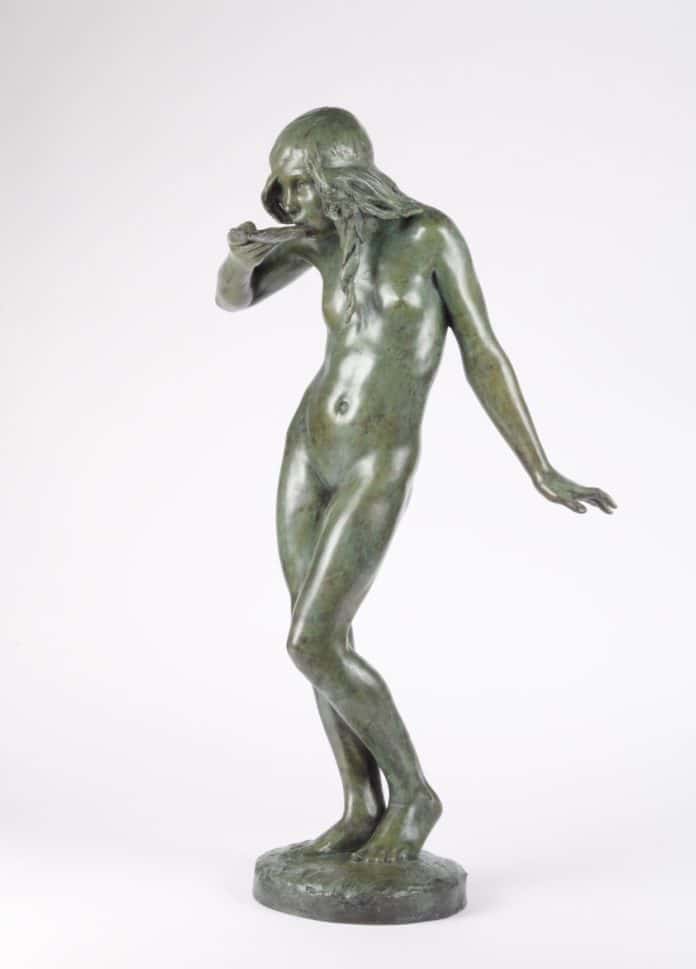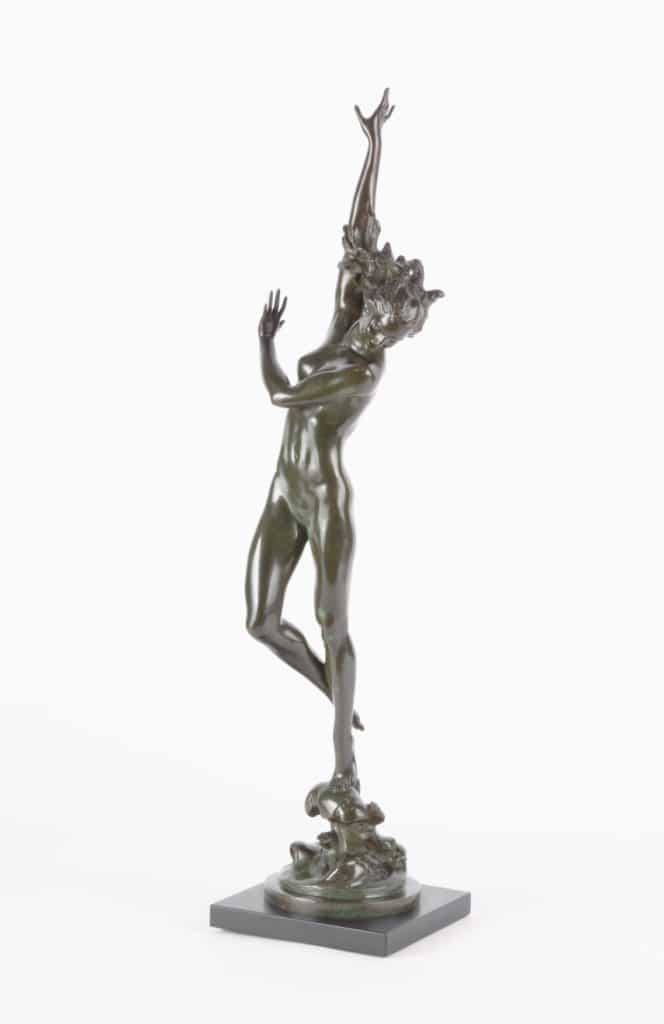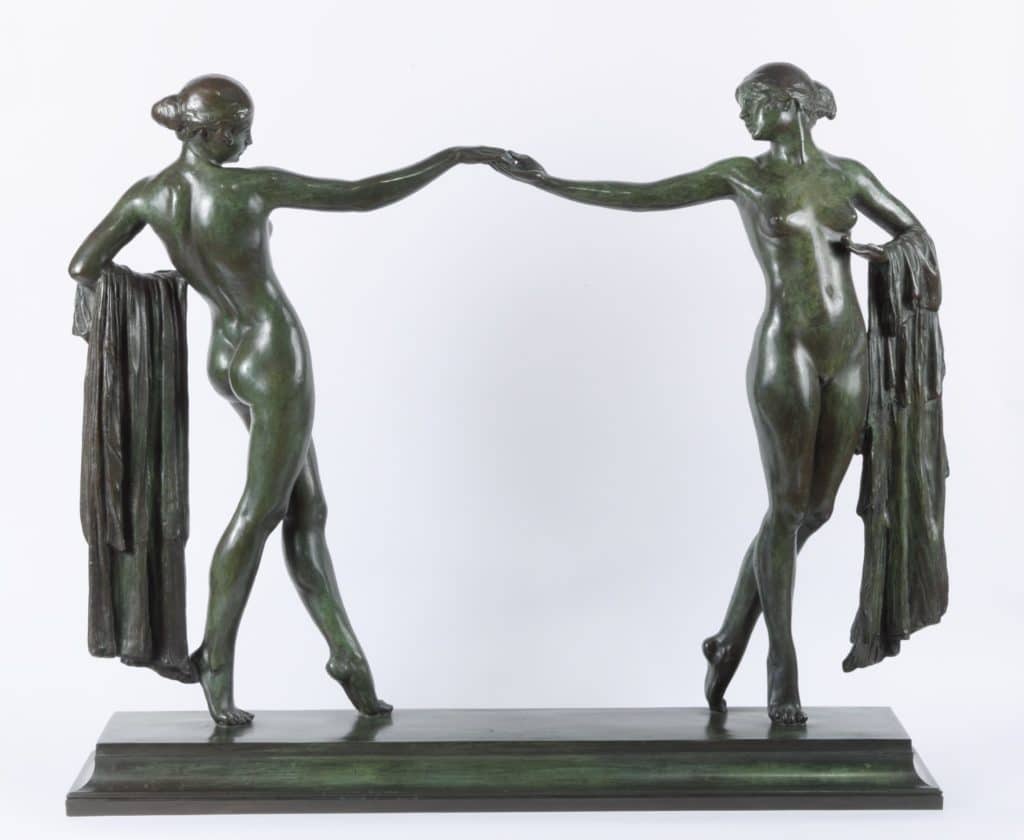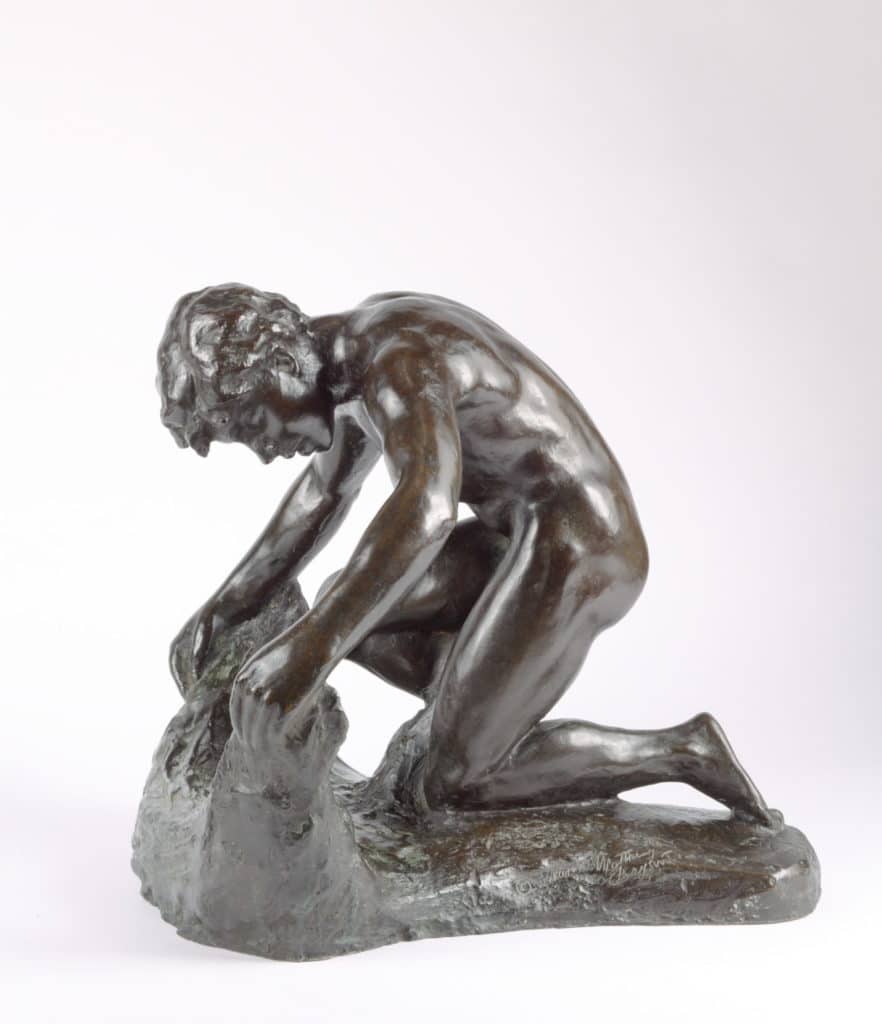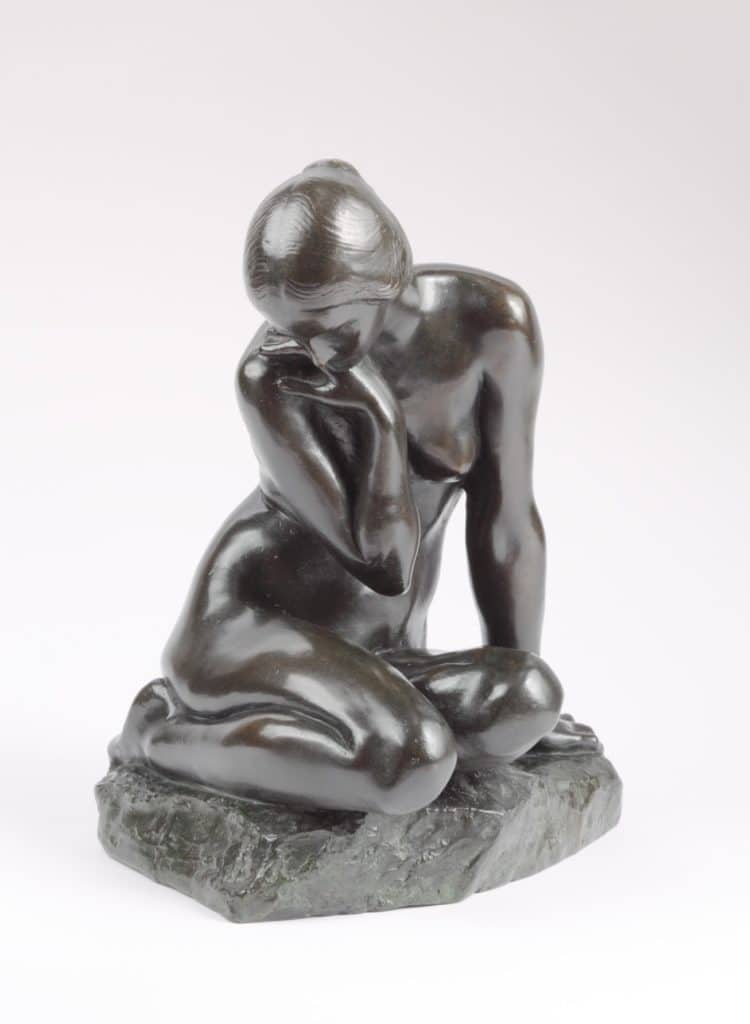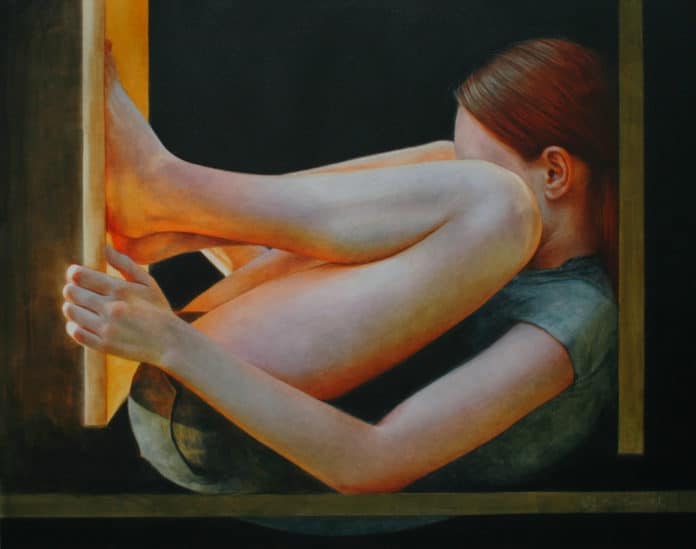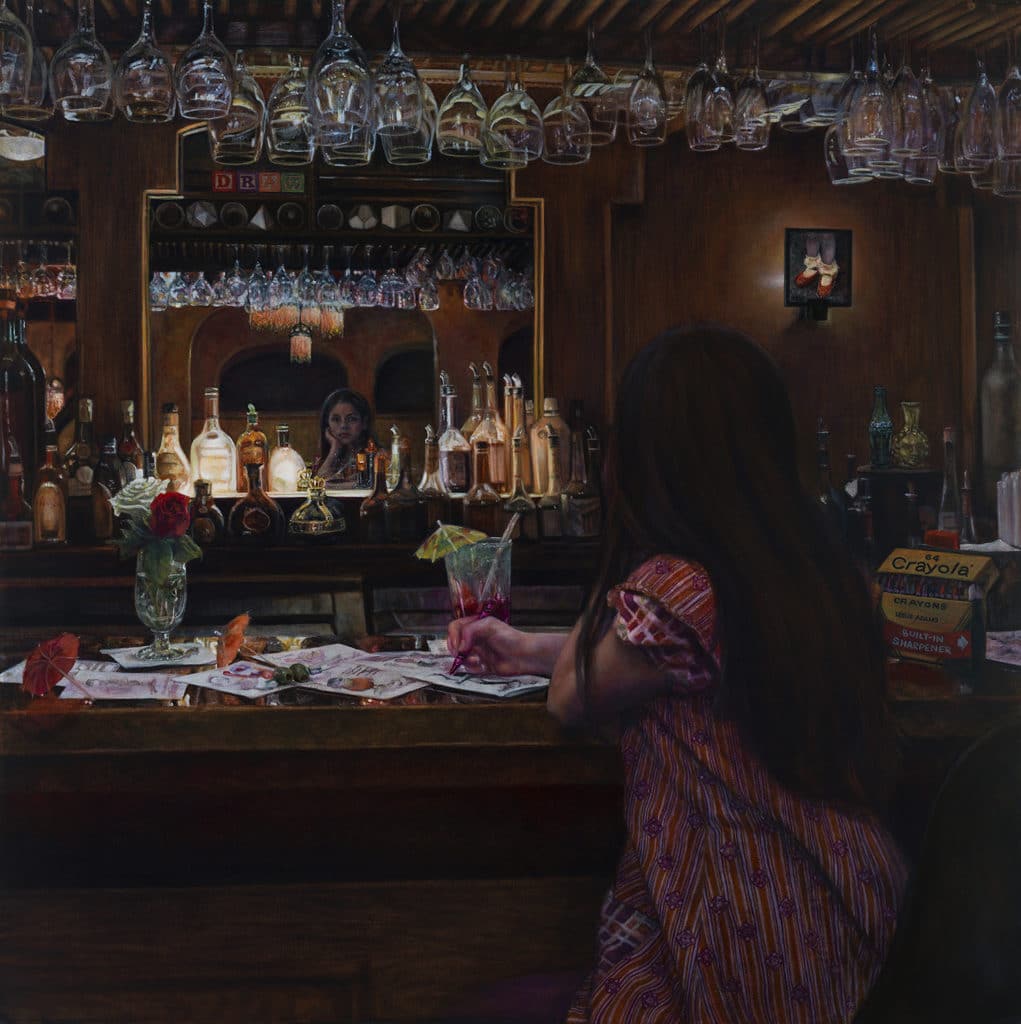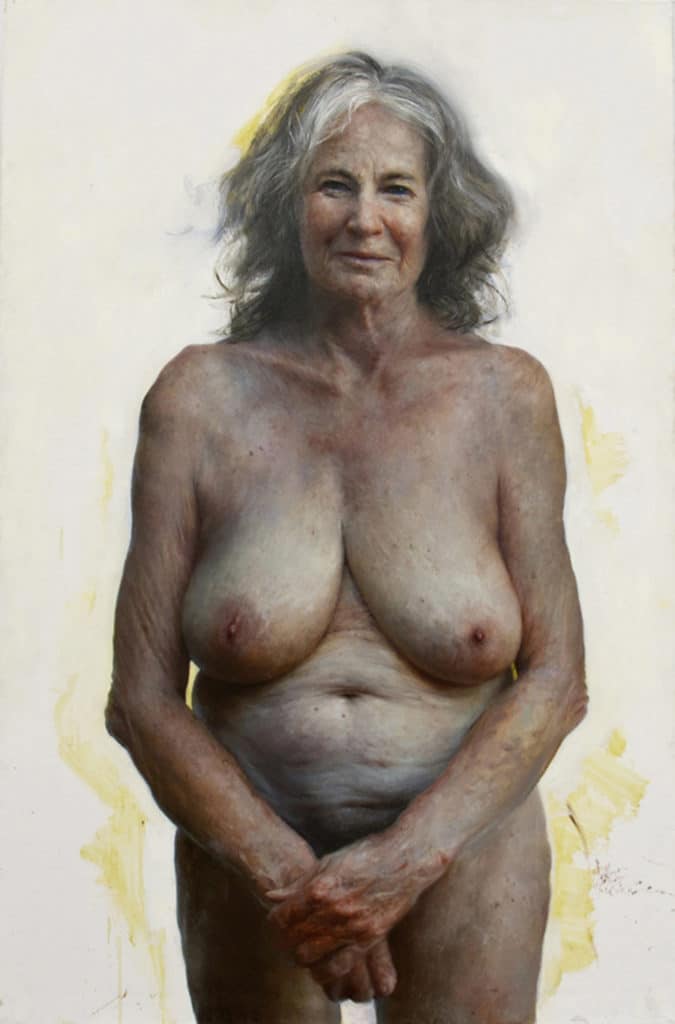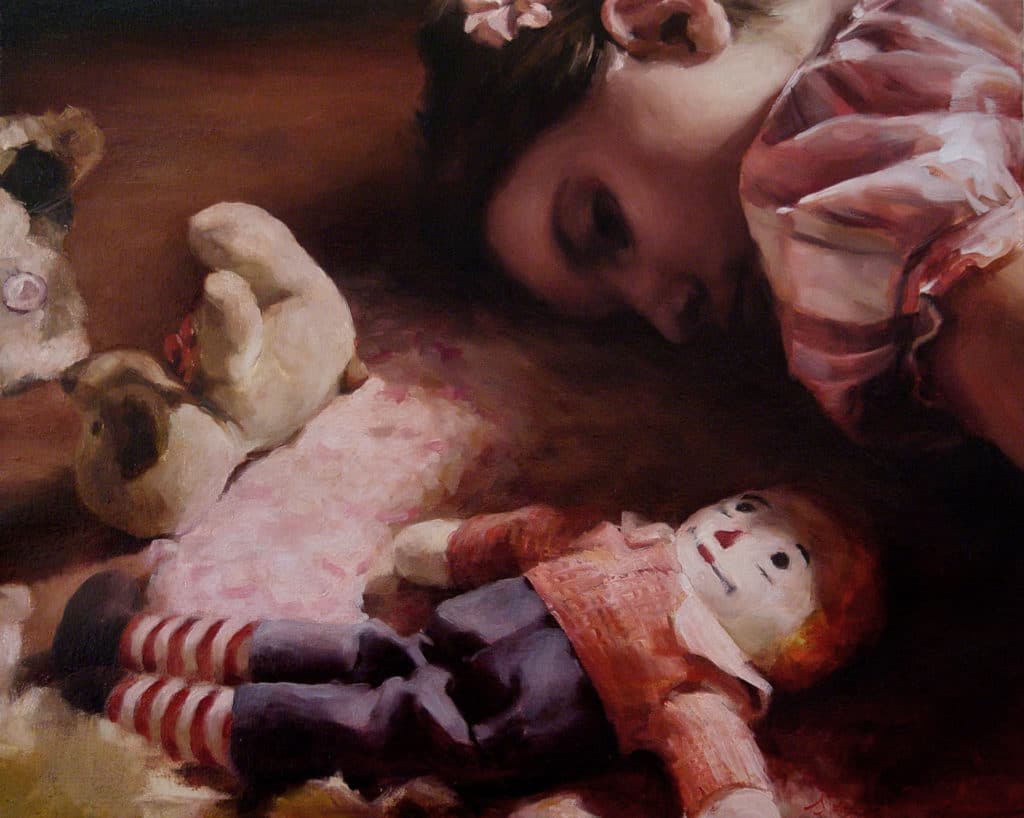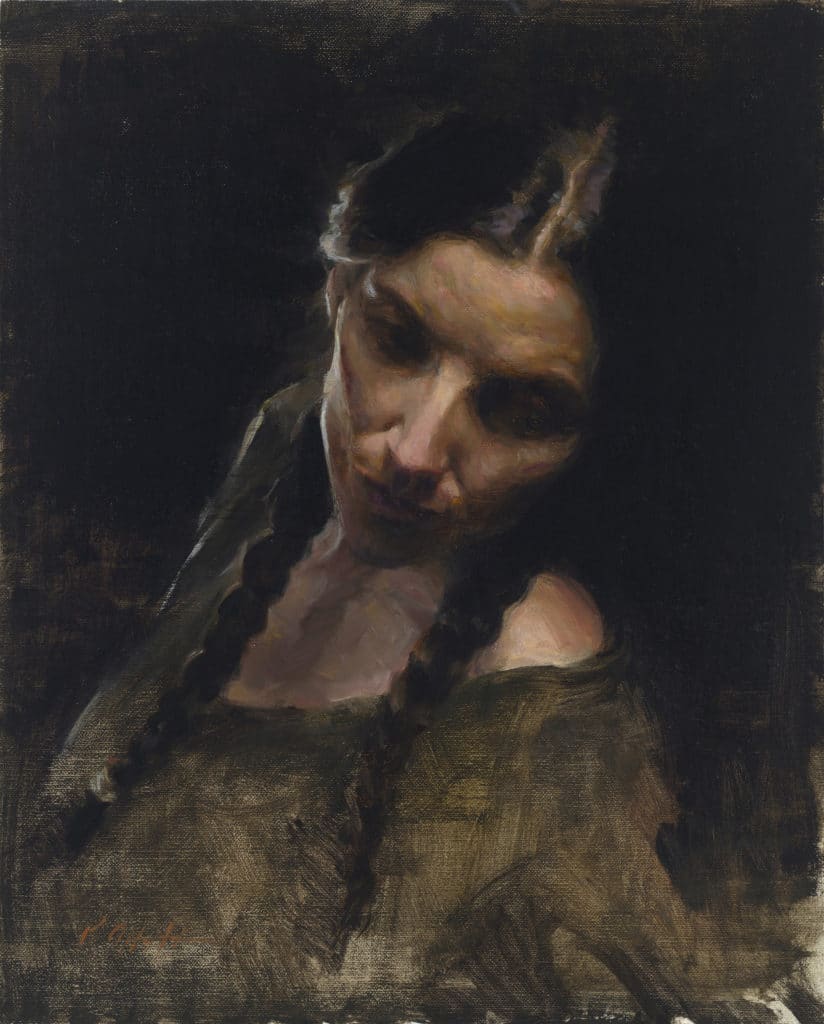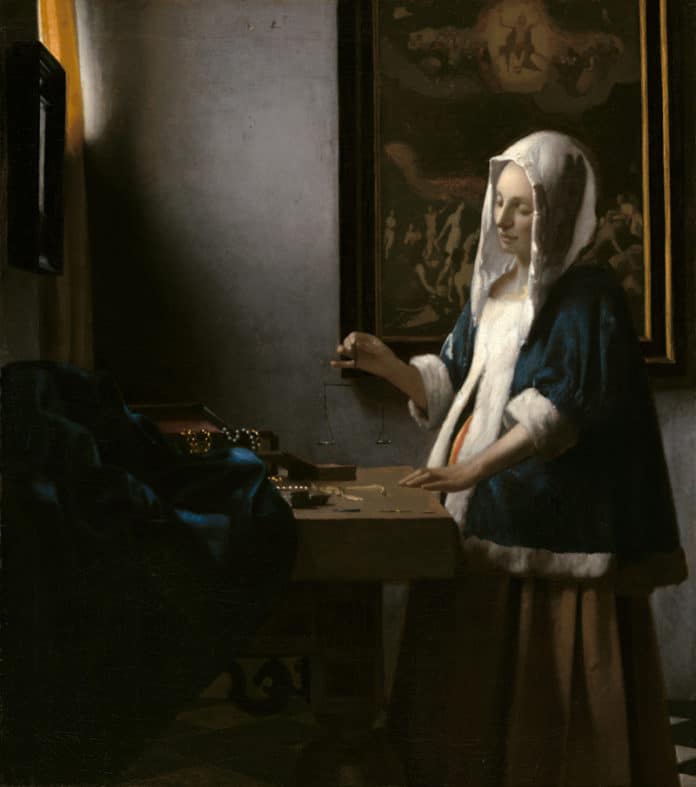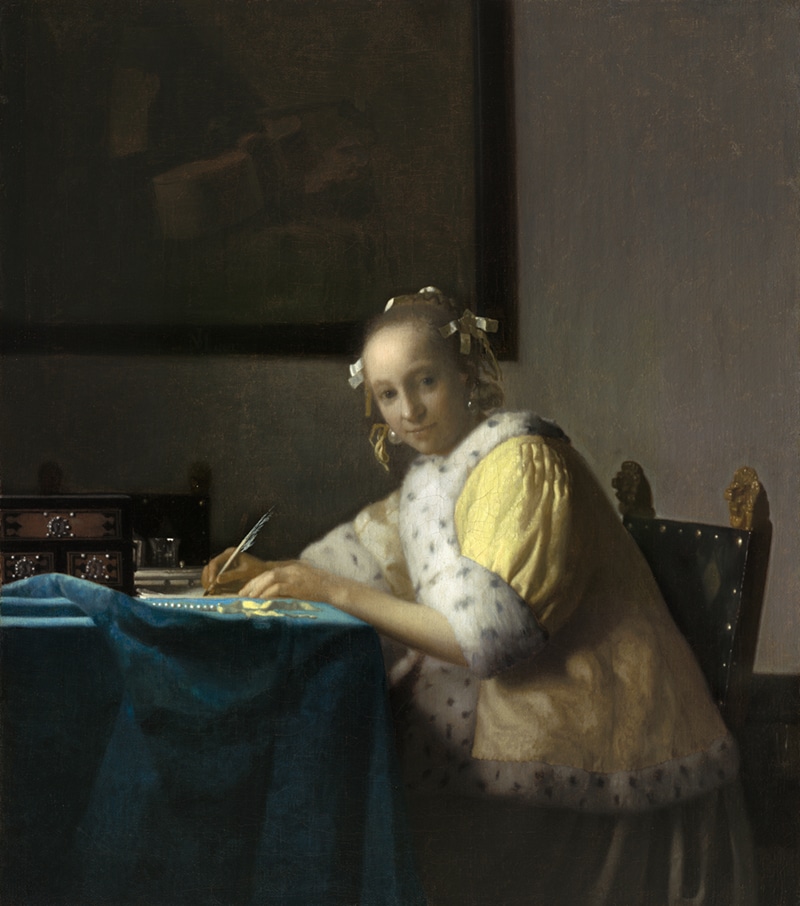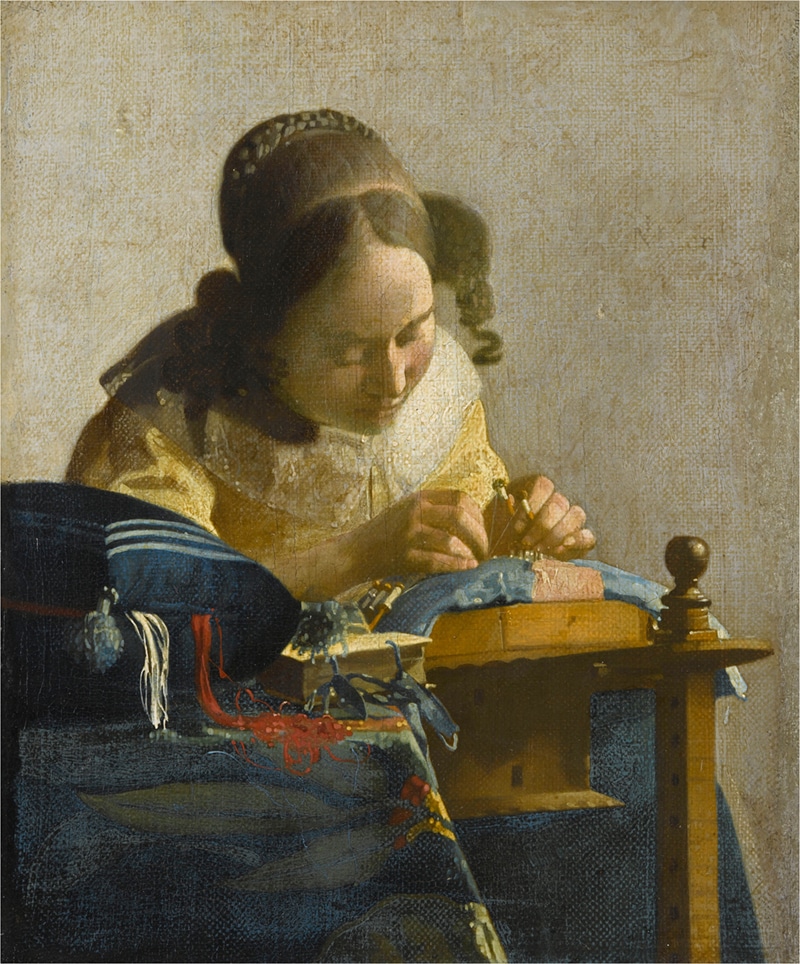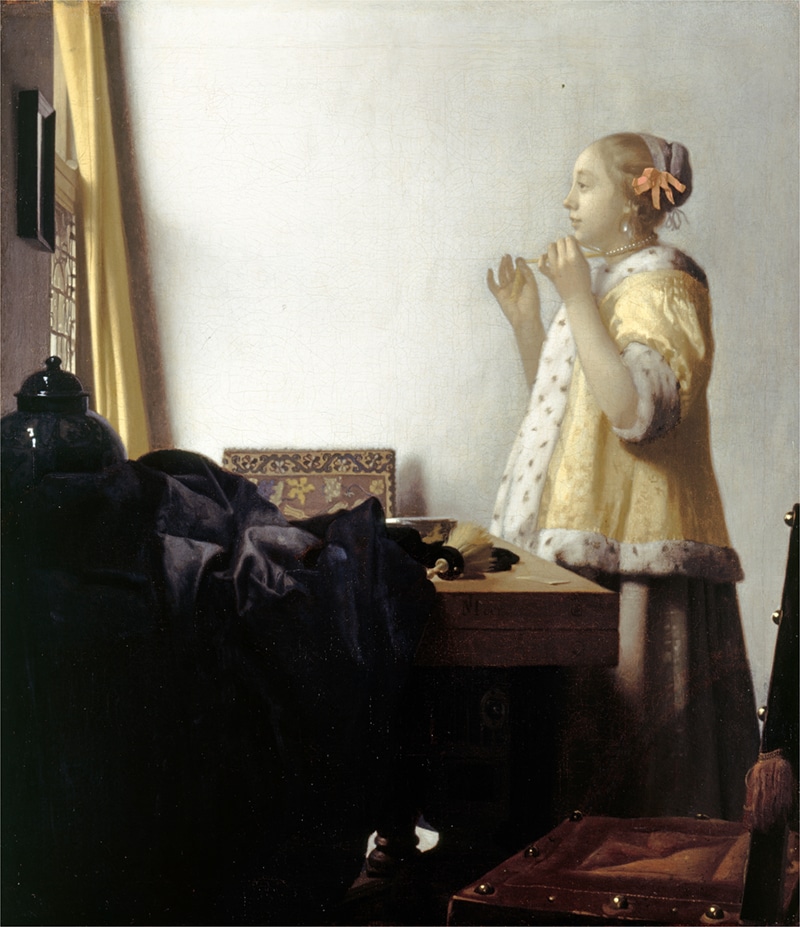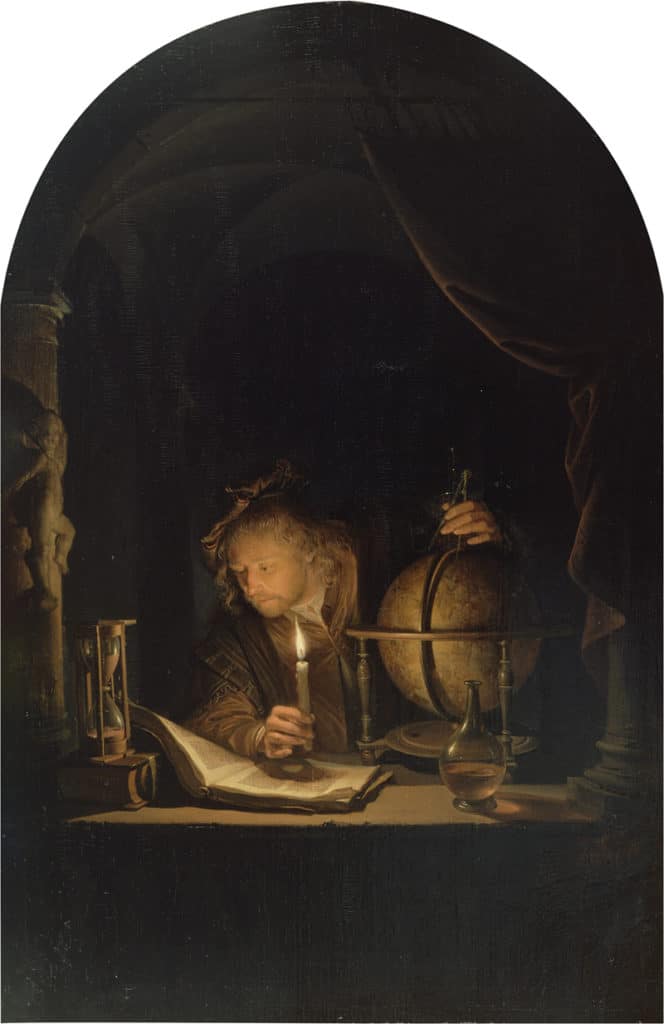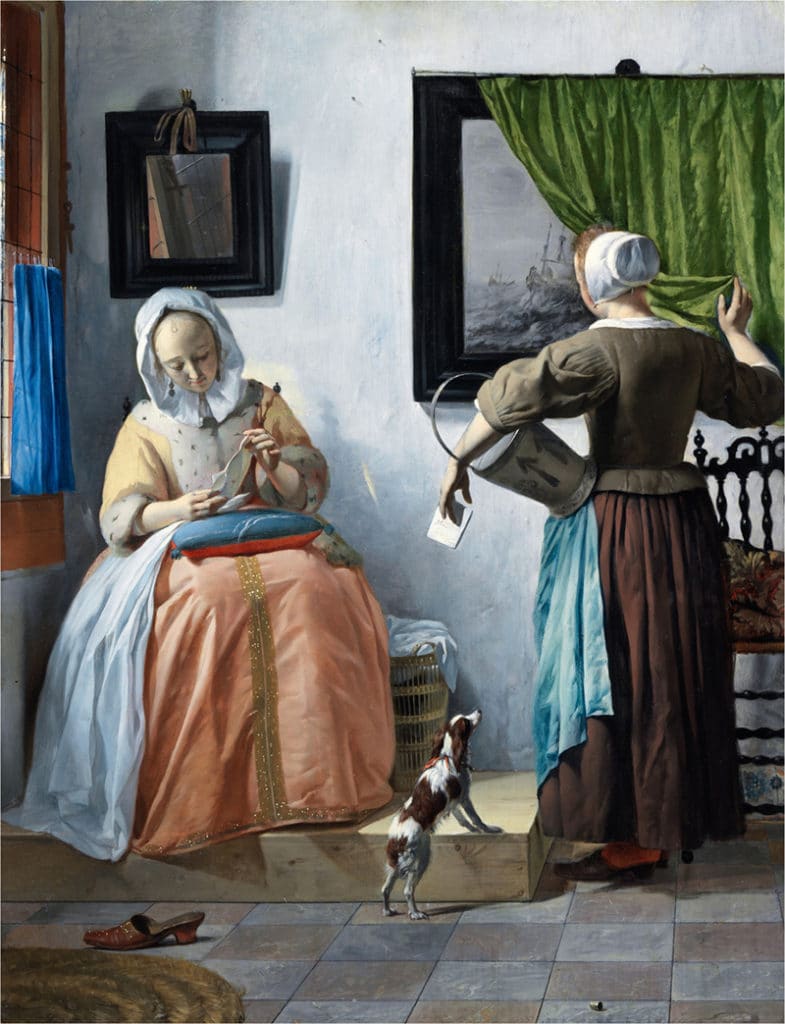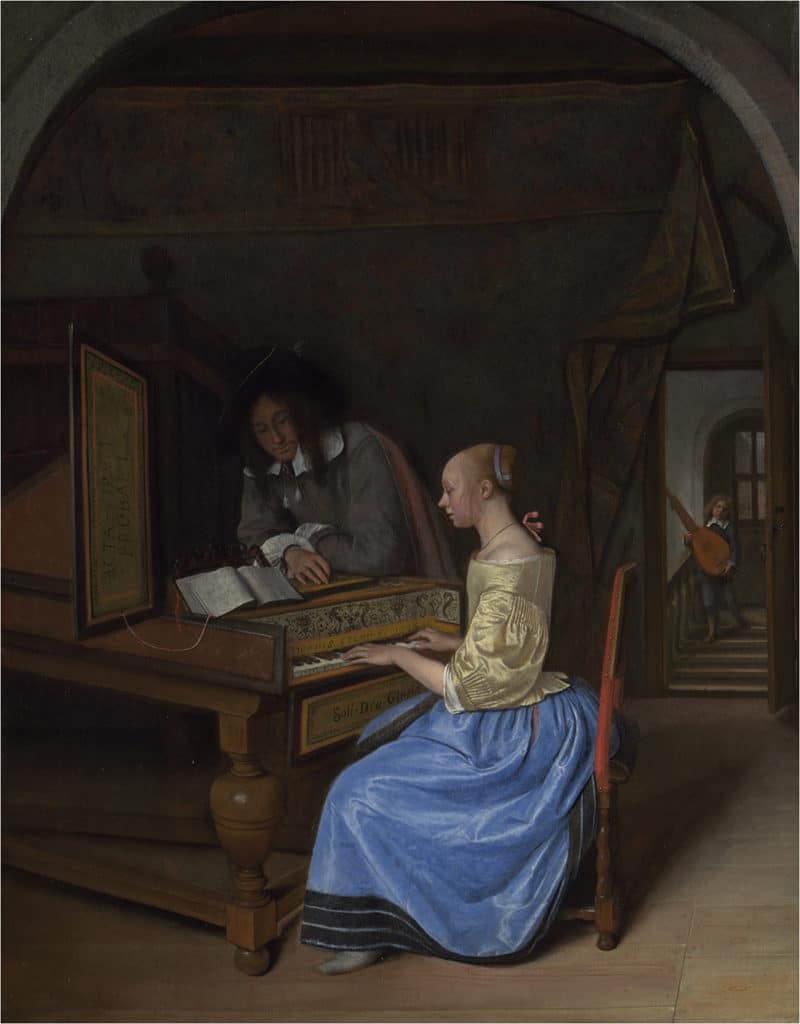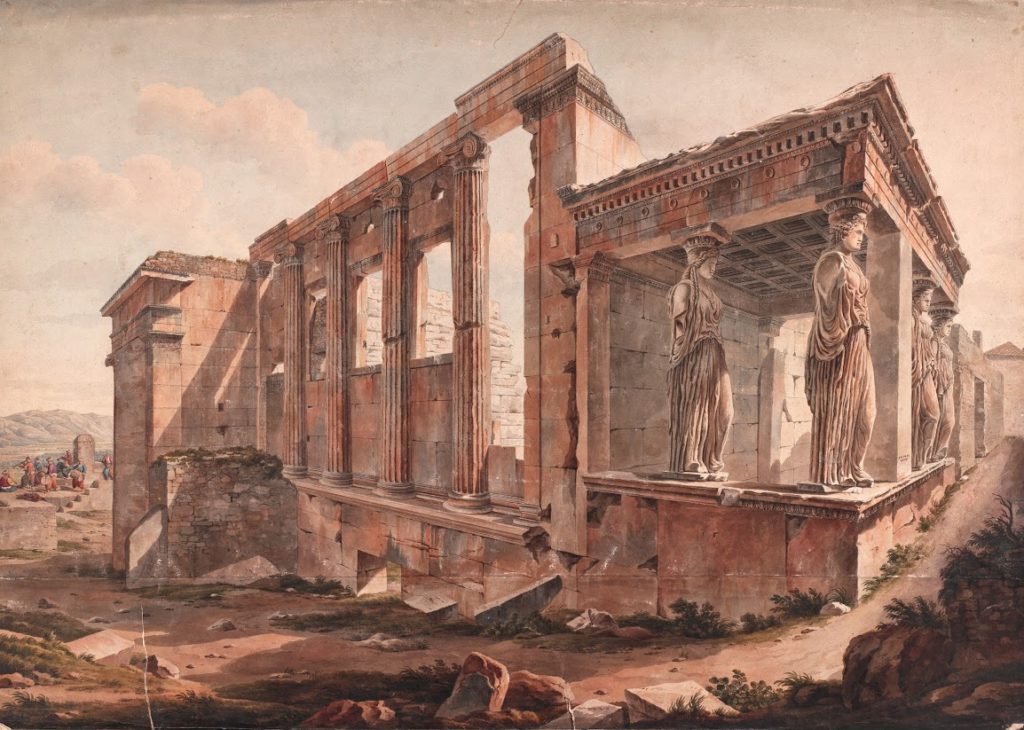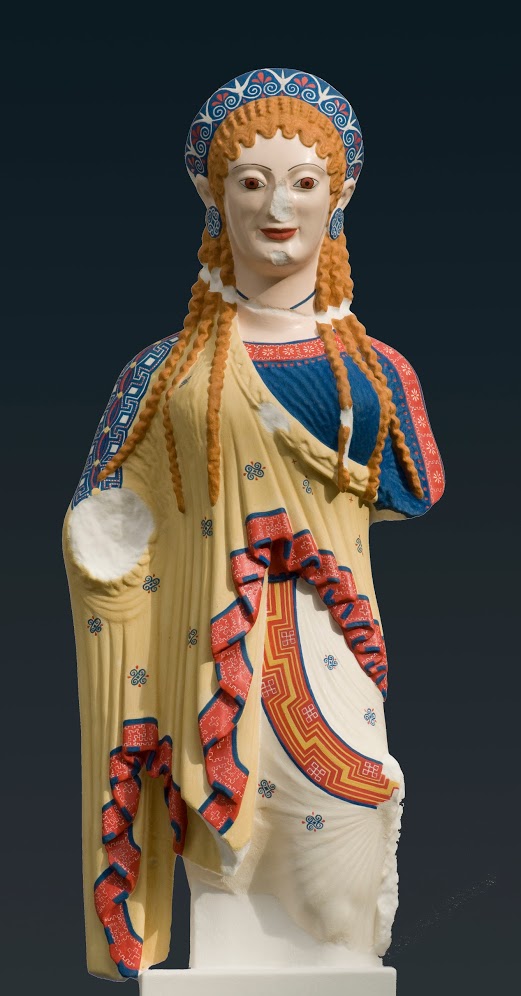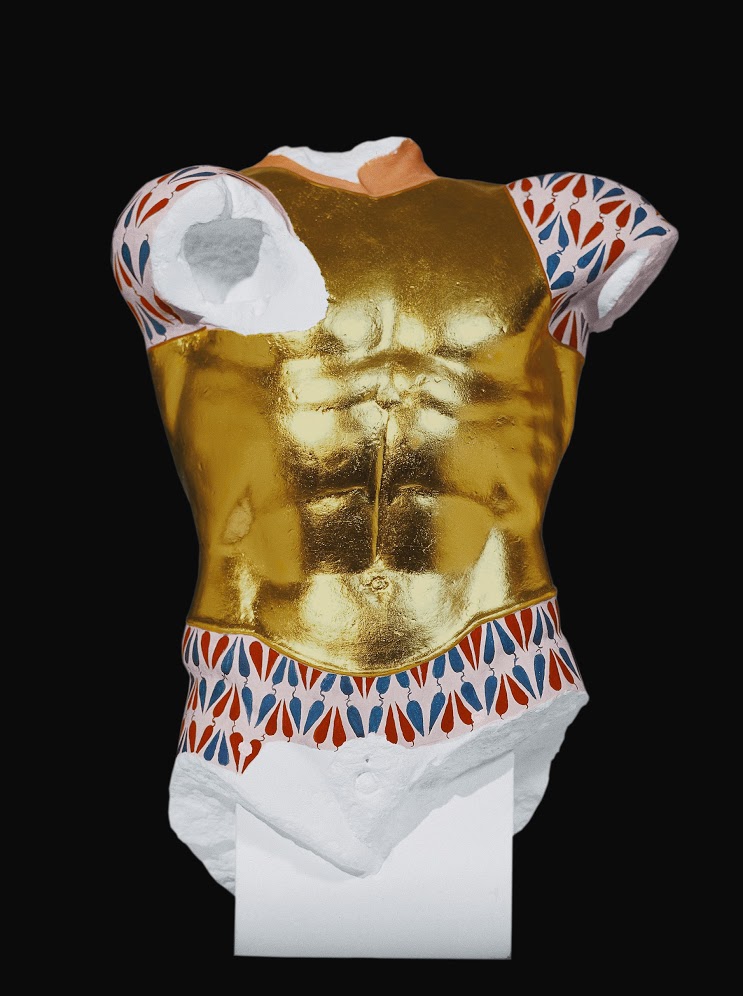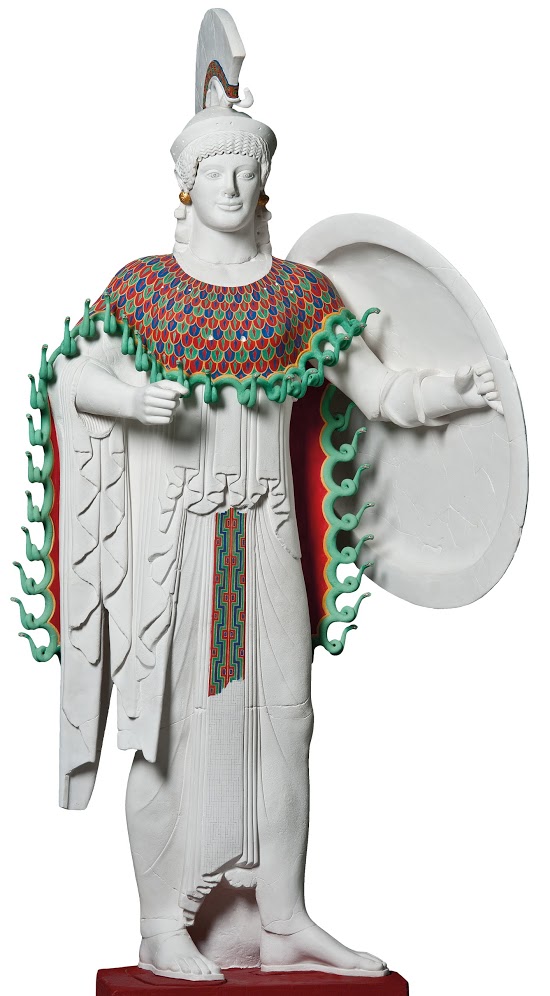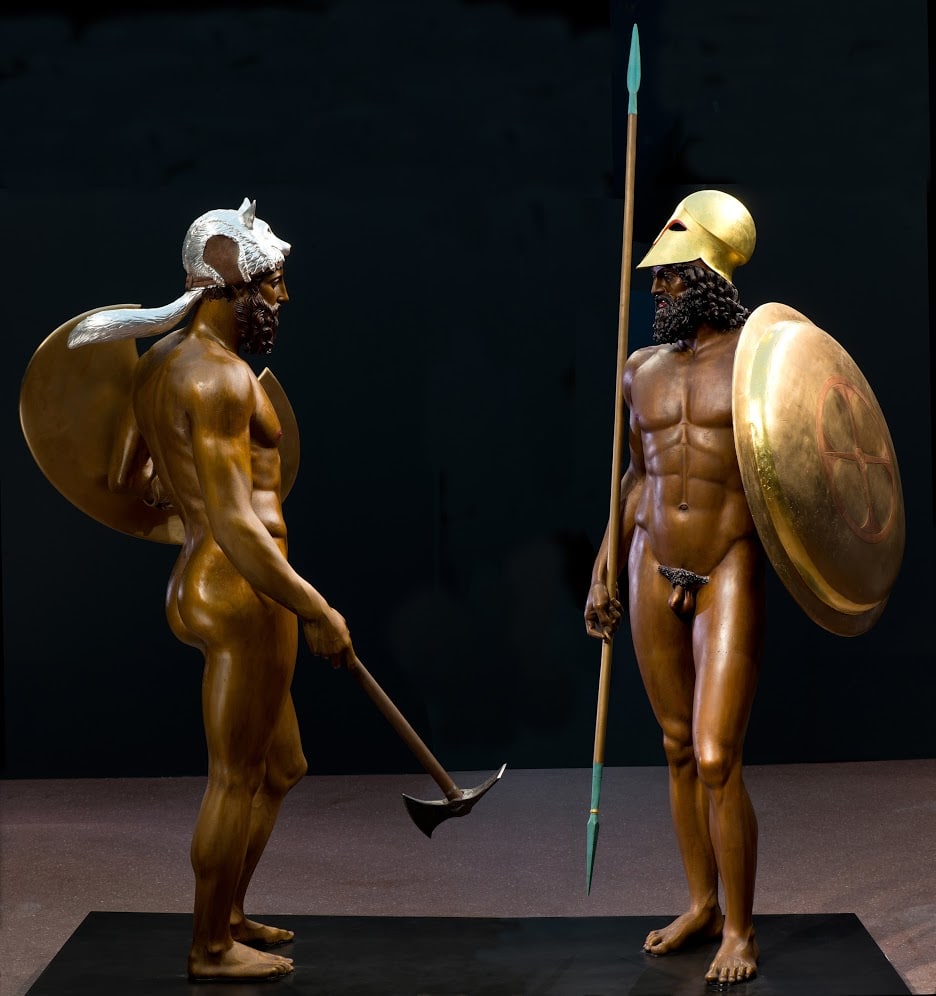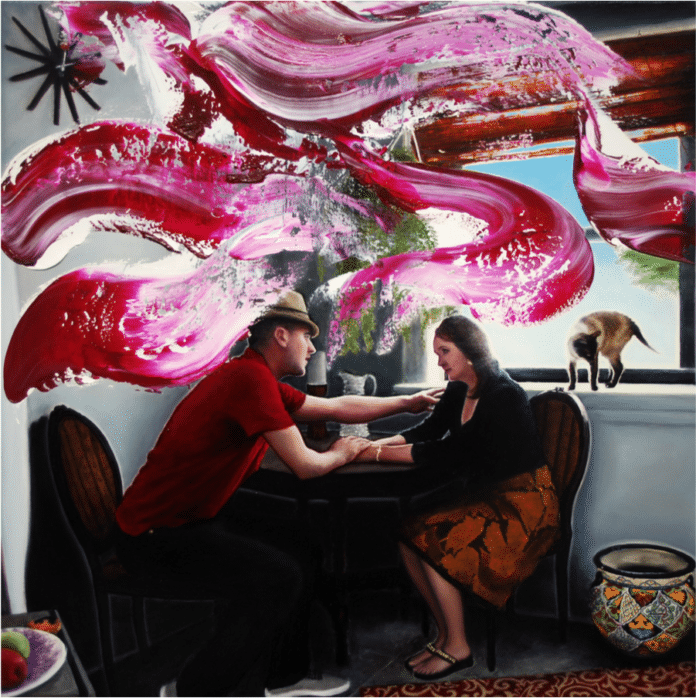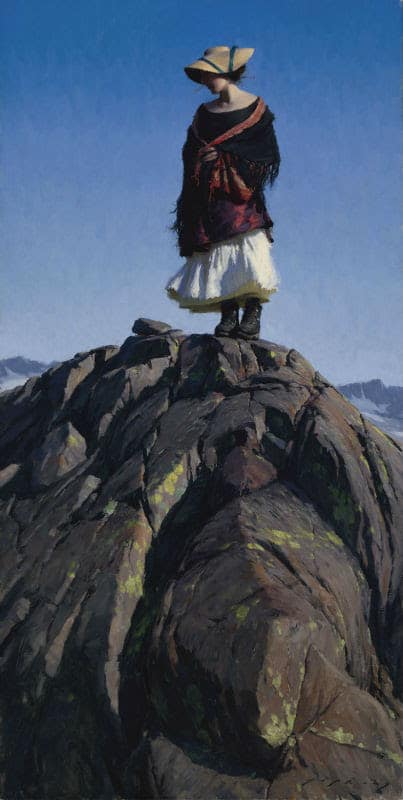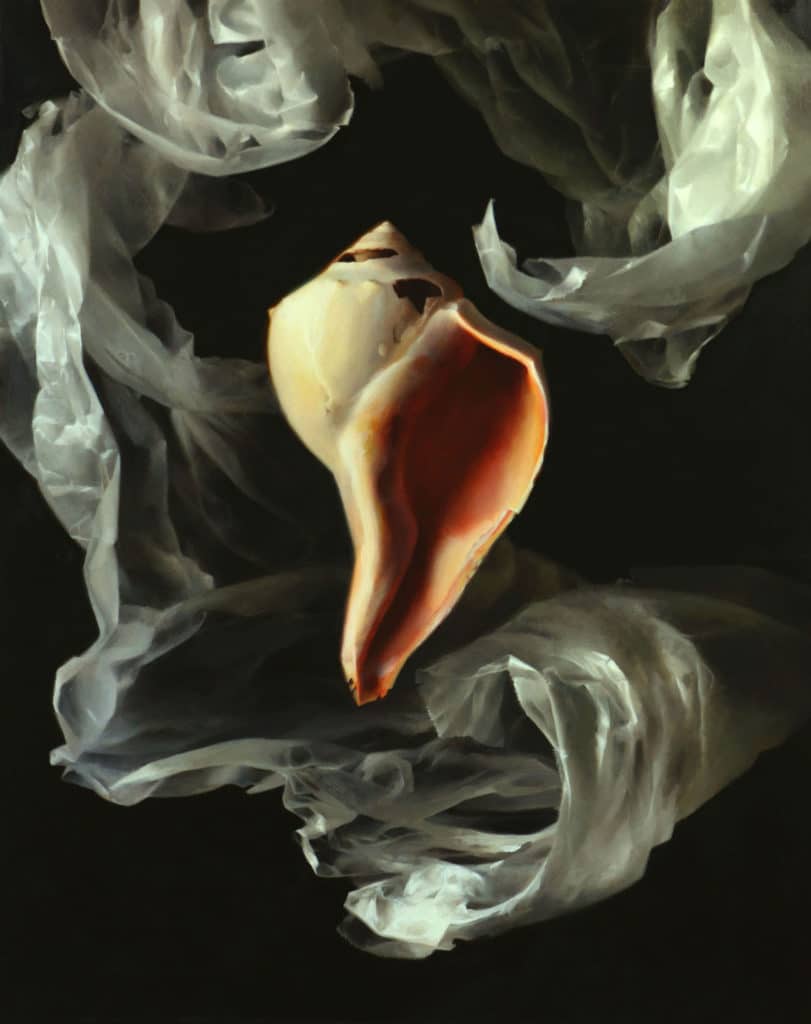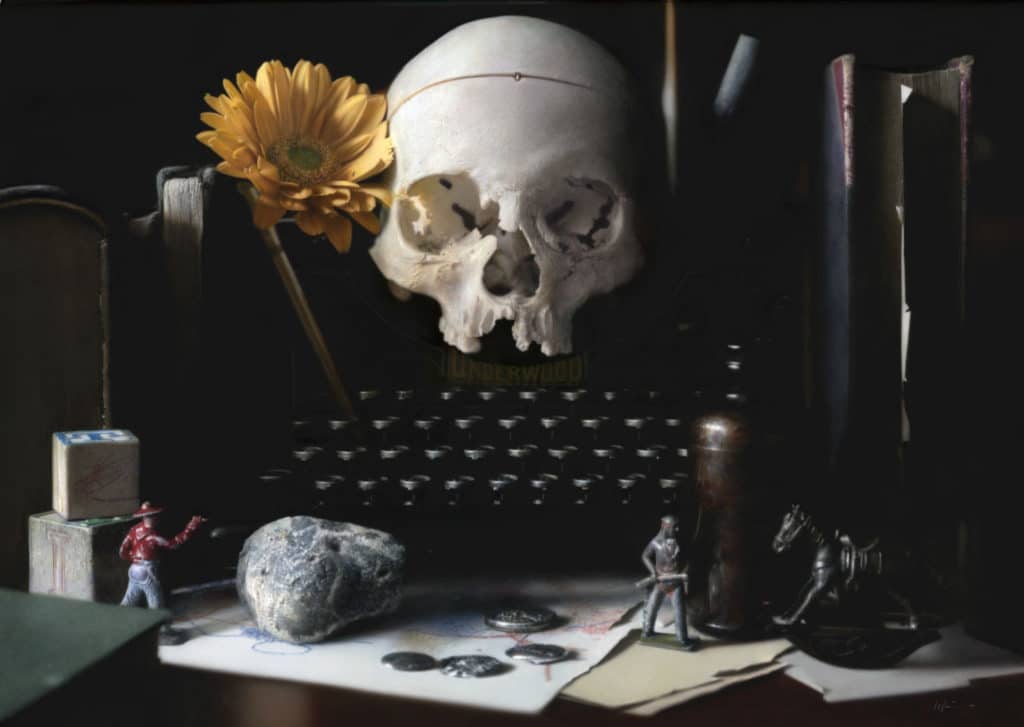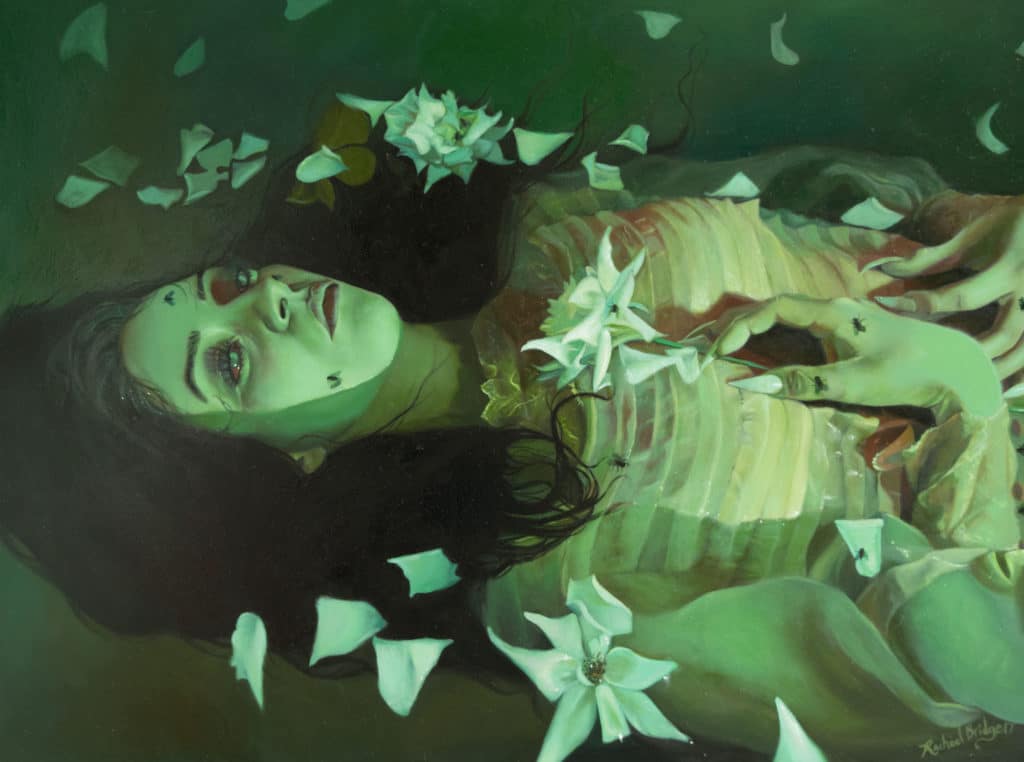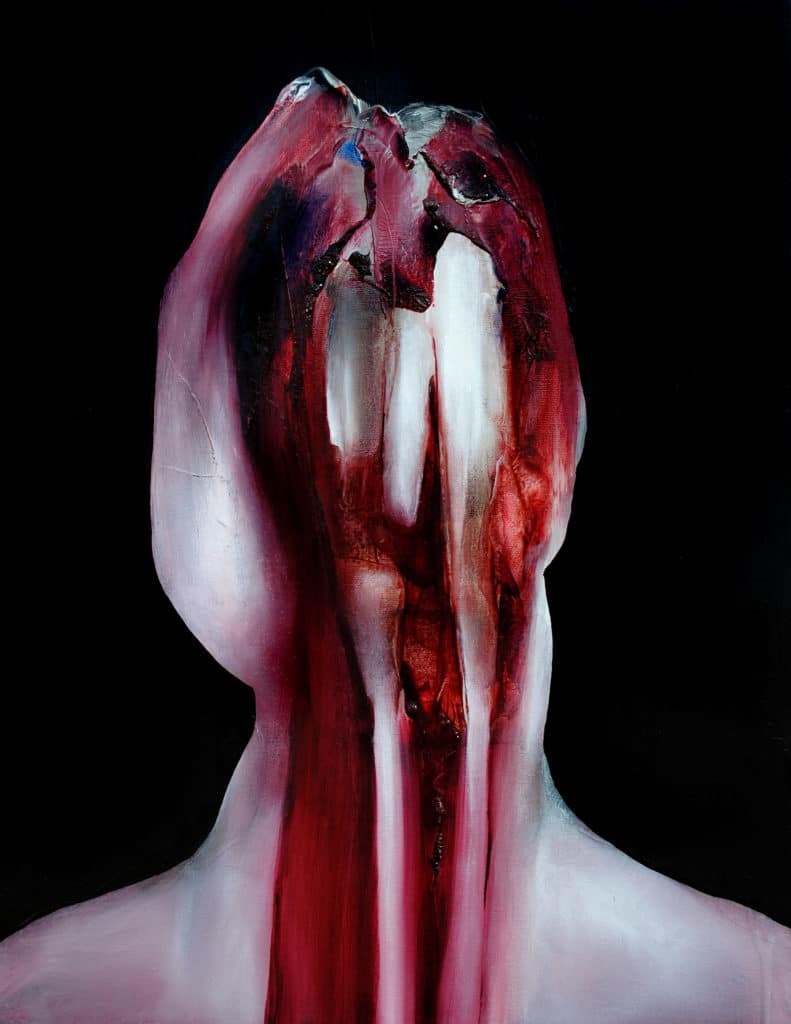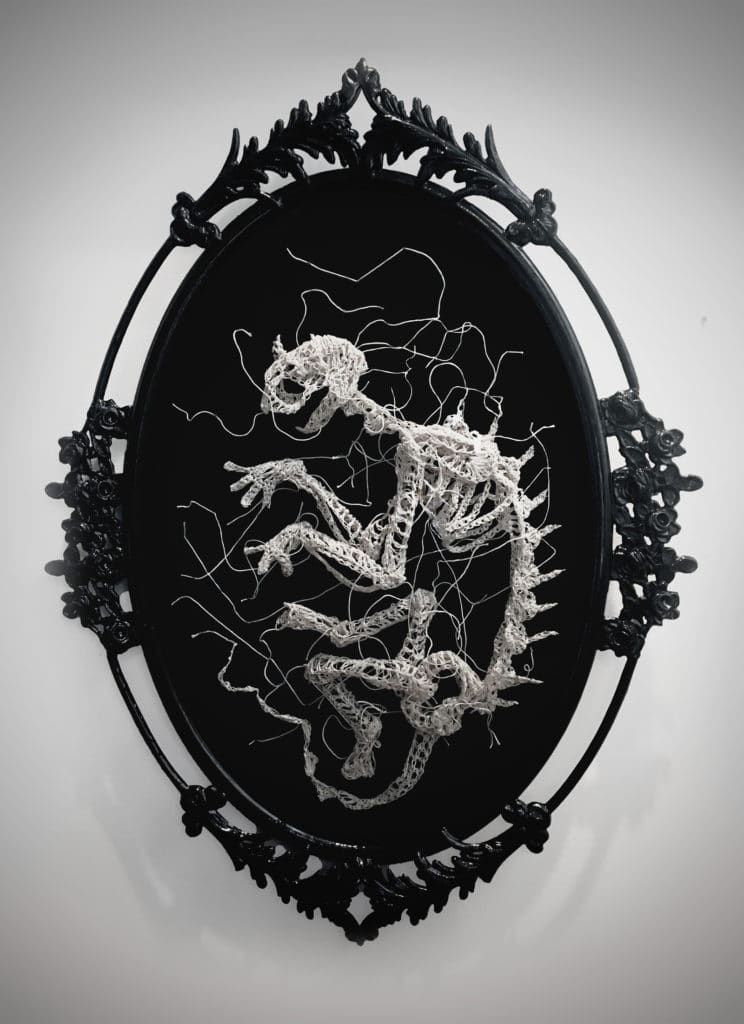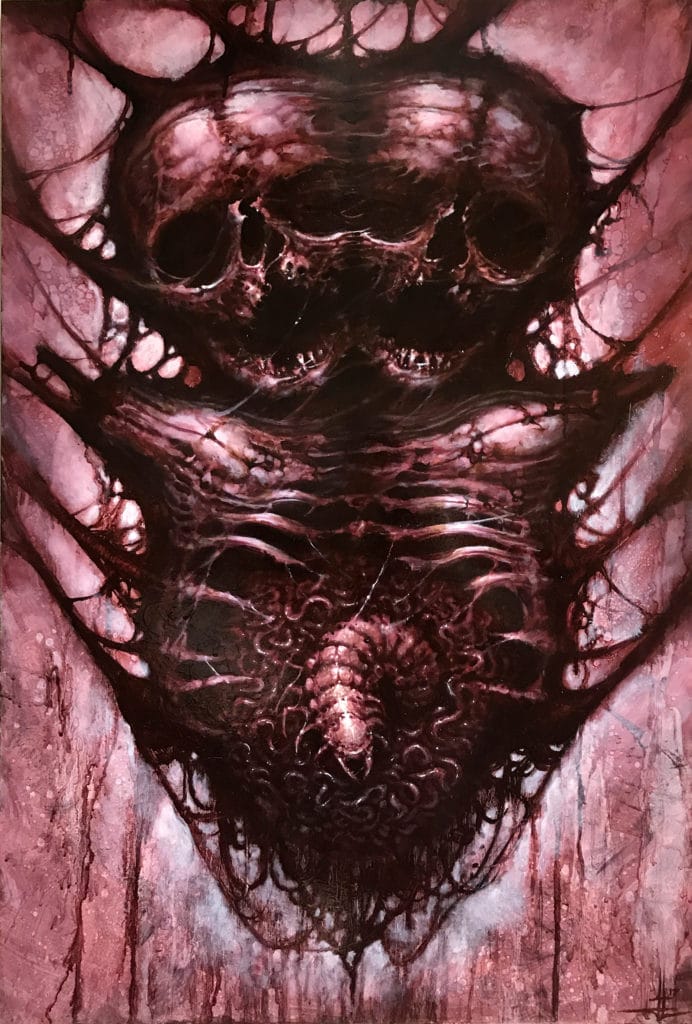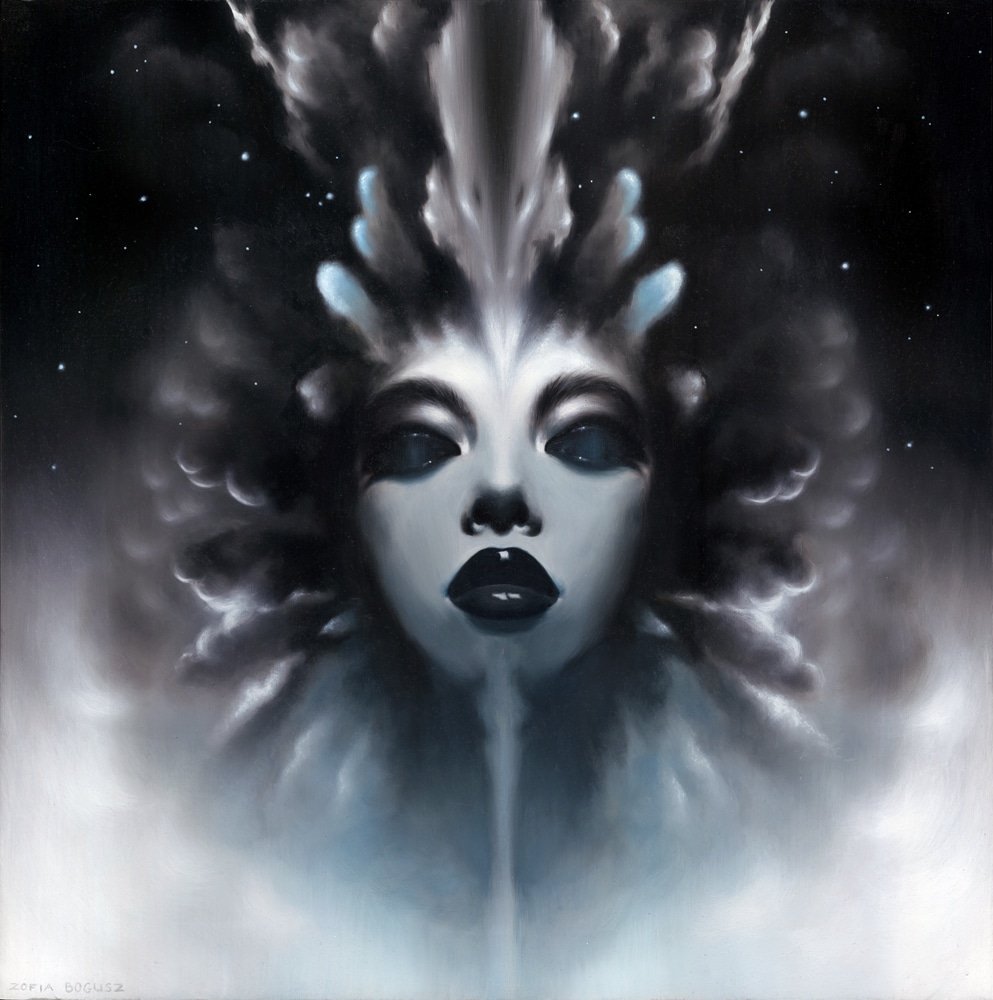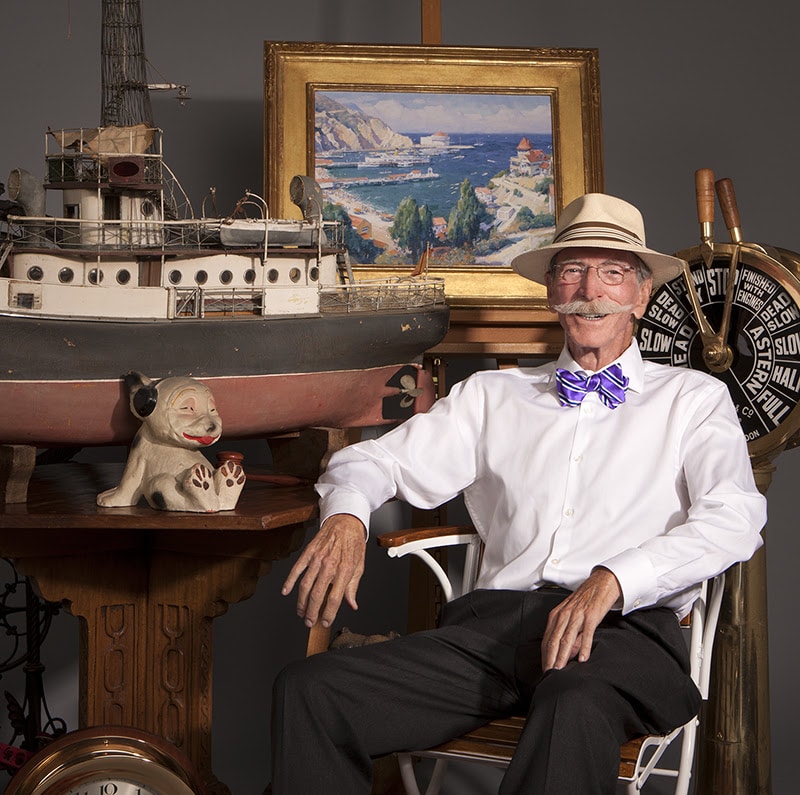Nationally known painter Dean Mitchell was inspired at an early age to become an artist, and he credits his maternal grandmother — Marie Brooks — for that. The artist is honoring her in a beautiful way that will continue for years to come. How?
There are countless ways to honor those who have been influential in our lives. For artists, that typically comes in the form of a painting — perhaps a portrait — of the individual, executed with sensitivity and care. Well-known and accomplished painter Dean Mitchell has taken a different avenue to honor his grandmother Marie Brooks.
Mitchell was born in 1957 in Pittsburgh but was reared in Quincy, Florida. The artist recalls walking the streets of downtown Quincy frequently with his grandmother — fondly recalling how her umbrella shaded him from the sun. On one special day when Mitchell was 5, the two casually entered a five-and-dime store called McCroy’s, where Brooks purchased for him a paint-by-numbers set. Although she had no interest herself in art, Brooks noticed that Mitchell appeared to have an interest. That simple, historic purchase changed the course of his life forever.
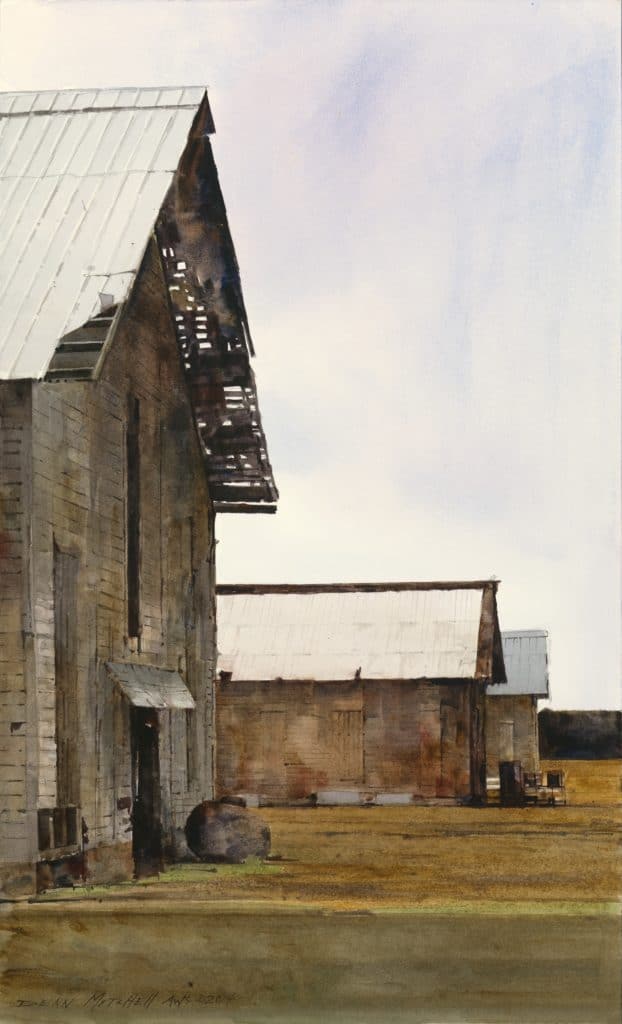
Fast-forward to 2017 and Dean Mitchell ranks among the best-known and most collected artists in the United States. Mitchell has been featured in numerous publications, including the New York Times, American Artist, Artist Magazine, Fine Art International, PleinAir Magazine, and Art News. Moreover, his works can be found in both public and private collections across the country.
On November 11, the artist will officially open a fine art gallery in his hometown of Quincy. Mitchell has named his space the Marie Brooks Gallery — a beautiful tribute to the woman who has been such an important influence on his career and personality. “My grandmother’s love, dignity, and respect for others have shaped my life,” Mitchell said. “Her moral and spiritual influence gave me a sense of self-worth, pride, and the inner strength to pursue my dreams. Family, community, and a place to feel safe was important to her. Education was always stressed along with hard work. My grandmother would often say, ‘Baby, ain’t nobody gonna give you nothing. You gotta work for what you want in life.’”
Mitchell’s hope is that the gallery and his story will inspire others to work hard and follow their dreams, and to bring hope to all who come through the doors. The gallery will feature rotating exhibitions by Mitchell and will also serve as a space for the artist’s workshops and drawing classes. Mitchell also looks to have the gallery serve an important role in elevating the arts in Quincy, providing lectures on art and supporting local scholarships.
On November 11, the gallery will be hosting a grand opening reception from 10am-5pm. To learn more, visit The Marie Brooks Gallery.
This article was featured in Fine Art Today, a weekly e-newsletter from Fine Art Connoisseur magazine. To start receiving Fine Art Today for free, click here.

